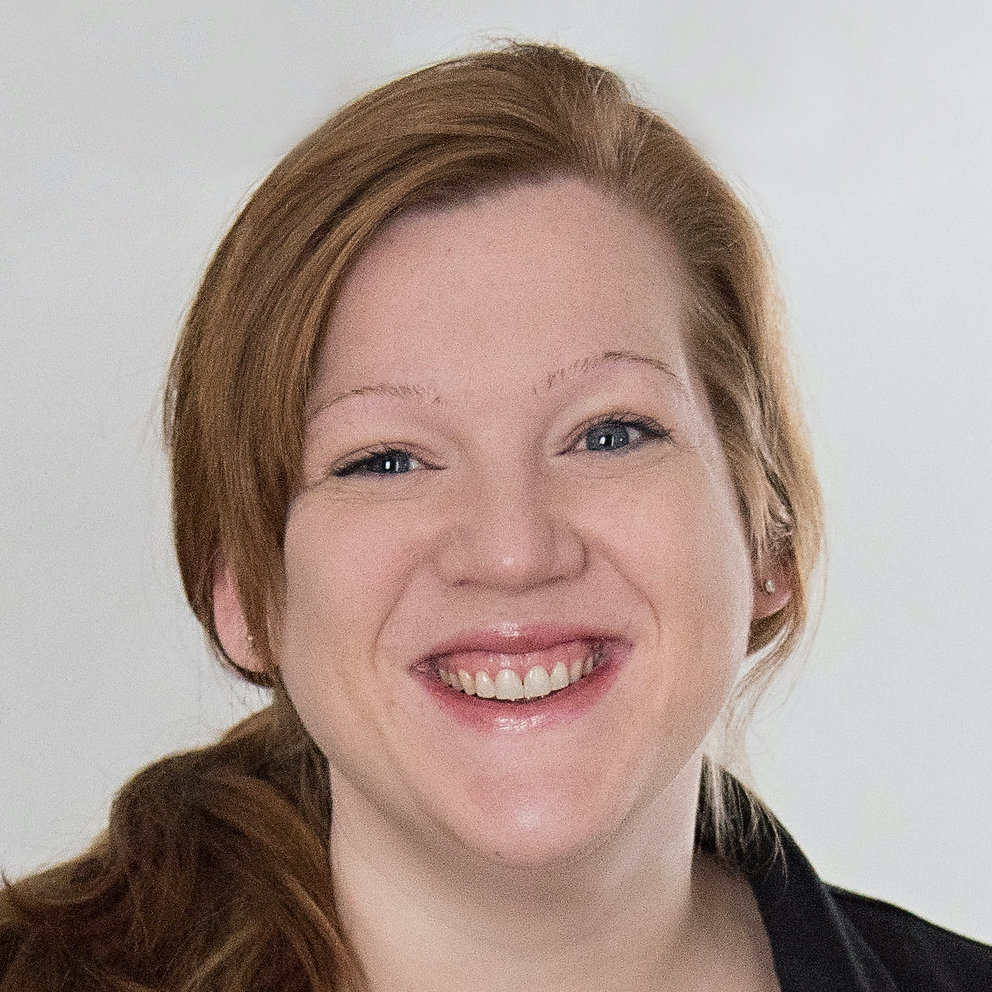College campuses are experiencing a revolution.

I’m not talking about protests and activism. I’m talking about the profile of the common college student. Today, it’s less the eager undergrad delaying real life by four years to do keg stands and attend fraternity formals. College students are serious because they’re increasingly older, and majority women, ready to take the world by storm and make their mark. They see a degree as their pathway to professional success.
Except, colleges are still built for traditional students, from financial aid to course offering logistics to the way instructors teach, everything aims for younger students who need foundational knowledge to step fully into adulthood.
That’s not the college student that I’m seeing, and I am not alone in this. In Michigan, where I live and lead, the high school graduation rate is projected to fall by 15% between 2019 and 2037, due to the drop in birth rates during the Great Recession.
Nationwide, higher ed enrollment fell in 2020 by 3.9% in the fall and 4.9% the next spring, according to the U.S. Department of Education. That drop is only continuing. According to Nathan D. Grawe, author of Demographics and the Demand for Higher Education, by 2026, the number of college-age traditional students will have fallen by 15%, but in the Northeast and eastern Midwest, it will be more like 20-25%.
Smart institutions are focusing on attracting non-traditional students – which is a growing demographic anyway. They’re also expanding online education and increasing outreach to first-generation, under-represented students, diversifying campuses and expanding the definition of who, exactly, qualifies as a college student.
This is great news! If only all universities will get on board. To look at it another way, the institutions that will thrive are the ones that recognize and embrace these trends. The way to do that is to make education more accessible for the non-traditional student.
The current university model ushers homogeneous groups of people in unison through a degree program. It’s designed to build relationships among students by grouping them together in housing and degree cohorts, what we affectionately call “the college experience.” It’s a system based on amassing a certain number of credits over time. If you can devote four straight years with no distractions, you’ll leave with a degree and believe you are employable.
But there are a lot of non-traditional potential students out there. Perhaps they got a job after high school or started a family. Maybe they started college and dropped out, not ready or not interested. Whatever the reason, they now see the value in a degree, and they bring experience, skills and knowledge. They don’t need a lot of classroom time. They need a degree to complement their experience, and they need it fast.
Non-trad students want their degree so badly they’re willing to work all day, make dinner for their kids and stay up late studying. Universities would do well to adjust degree paths to accommodate adult learners. New policies should include opening -innovative pathways, granting credit for work expertise or for valuable life experience that cannot be obtained in a classroom.
We should offer courses that meet the needs of the adult learner – not force them to take a course in something they already know. We should revise attendance policies to make room for sick kids or work demands.
Most current online university offerings are dated and irrelevant for digital natives. It’s not enough to take a stagnant professor-lectures-at-students model and transfer it online. Universities must develop methods that include digital collaboration where students can work together virtually, regardless of time or place.
Many higher ed leaders consider the adult student a nuisance. But the adult student is the new MVP. For them, we can create a quality education that relates to real world experience and makes graduates marketable the moment they finish.
The goal of higher education is to help students become global citizens who can build careers that foster personal and social responsibility. Many institutions don’t focus on attracting adult students because they figure they won’t be there long enough to make it financially lucrative.
But traditional students drop out at alarming rates and the number of recruitable students decreases year over year as the population shrinks, while satisfied adult learners are dedicated until they get that degree – and many return for a graduate program, too.
In the eighteenth century, there were only nine colleges in America, all focused on the elite white male. The Yale Report of 1828 proposed an alternative to a theologically or classically focused curriculum, proposing an education that nurtured the mind and guided the development of the intellectual self. So colleges innovated to meet the needs of the time.
It’s time we do so again.
With 20.5 million people attending a post-secondary institution today, 57 percent of whom are female and 17 percent people of color, the reasons for pursuing a degree can no longer be homogeneous. We must evolve to meet the needs of today’s students – giving them a pathway to personal fulfillment in the 21st century.
Dr. Emily Barnes is Provost of Cleary University in Howell, Mich.
More from UB







